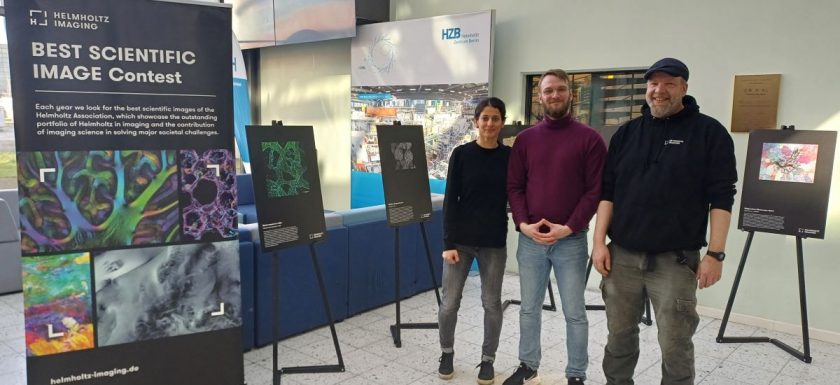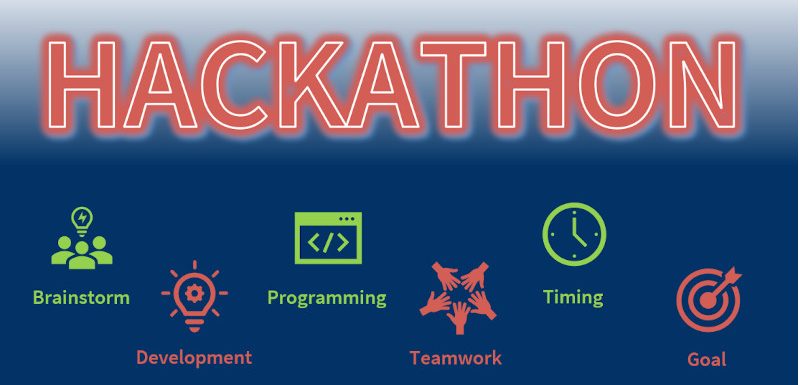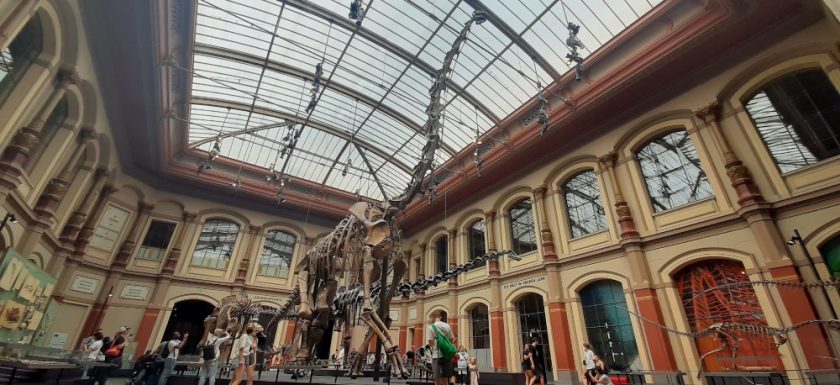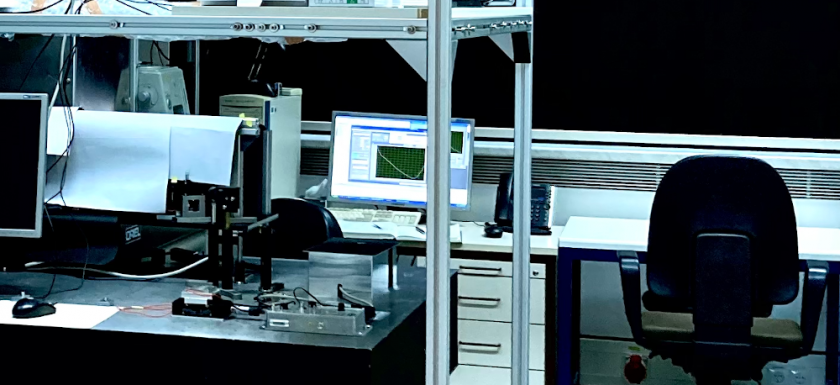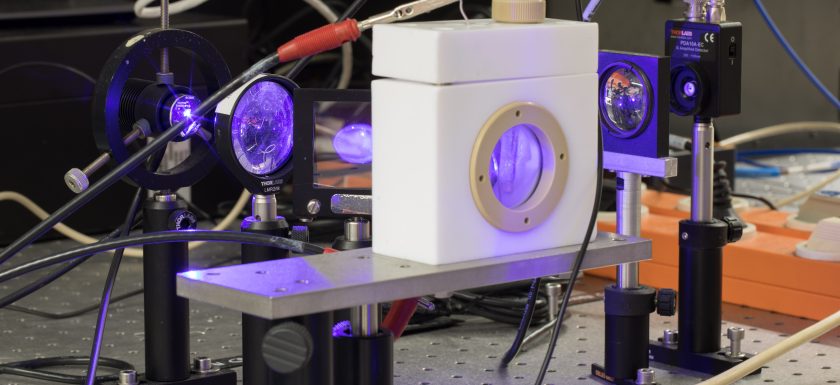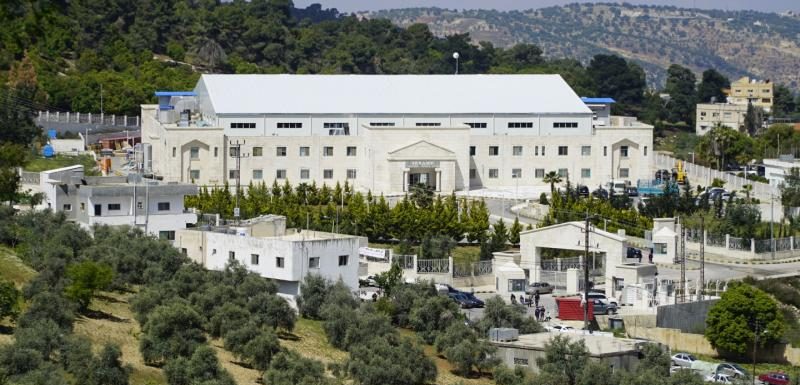Beyond Lithium: My internship with Sodium Ion Batteries
By summerstudent Alice Rodgers> The annual global carbon dioxide emissions have increased by over three times since the 1960s, and in 2023 they were an estimated 36.8 billion tonnes.1 This is primarily due to the use of fossil fuels as an energy source and therefore in recent years it has become important to find renewable sources of energy. Since the 1990s lithium-ion batteries (LIBs) have become one of the most important ways of storing energy and have applications in everything from mobile phones to cars. However, lithium is a limited resource making the supply chain of LIBs at risk. Furthermore, there are ethical and environmentalRead More →


